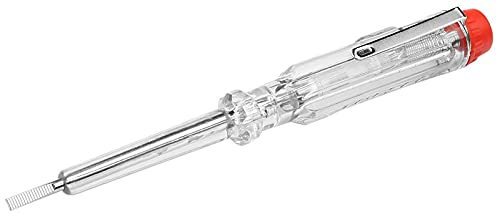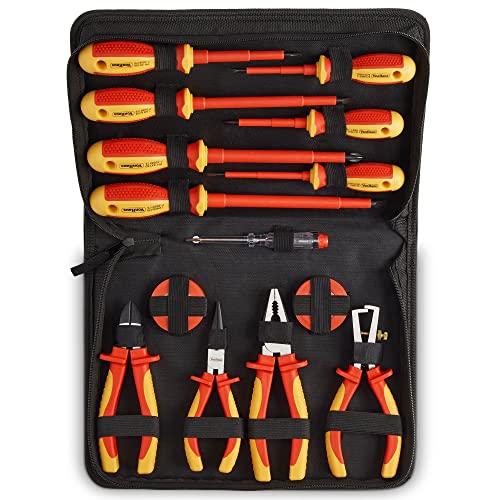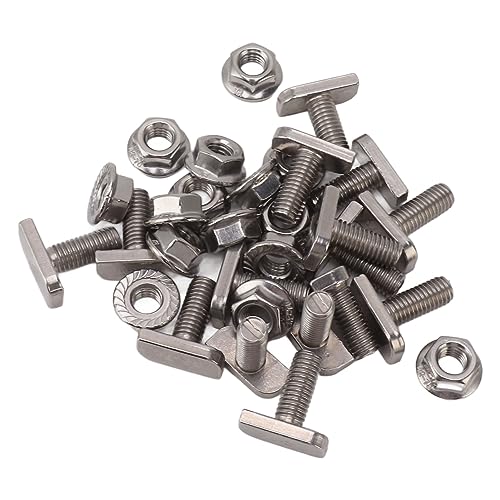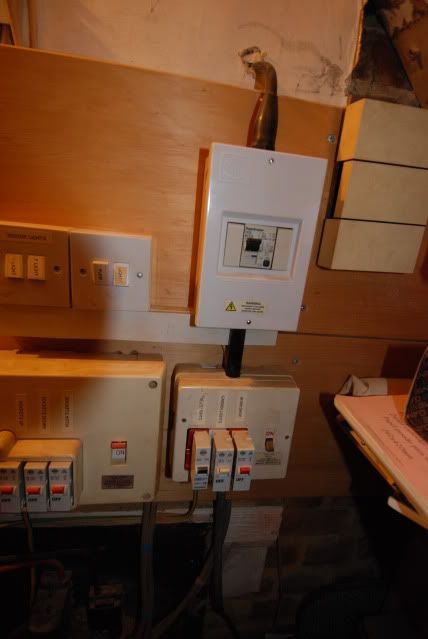--------------------------------------------------------------------------------
Hi all . New here and i run a joinery workshop from home . A few months ago i managed to buy a few Wadkin machines for my workshop and managed to blow one up :C
I dont understand so i hope someone can help me here . The machine is a Wadkin BAO's planer thicknesser .
Spec here
http://i31.photobucket.com/albums/c368/JFCarpentry/006-19.jpg
I knocked the off switch while it was under load and hit the on switch a the second i heard it lose power . The thermal overload in the isolator didnt cut the machine out so 58 amps got put into the machine until the load was cleared .
The Brook motor is dated 1959 and i have had it rewound , new bearings and have had the machine rewired with a new isolator and 16 amp plug ( its a 240volt motor , special order from Wadkin )
Anyhow everything is all fixed and i'm a happy bunny but the experts that fixed the machine for me are saying my armoured cable supply to my workshop isnt big enough and that is what melted my motor and not to use the machine untill i have upgraded the supply .
Most electricians i have spoken to have looked puzzled at this as my lights flicker but dont dim when i start the machines but i am told by the experts that we are talking old style electrics when the voltage used to be 250 V but now we have 230 V .
The 40 meter run of cable i have to the workshop is also losing power and as the cable is small that is also losing power .
Wadkin ( or the company that have taken them over ) say if the machine doesnt have the right power then it just wont start .
It doesnt bother me to put in a new feed if its needed , i guess it would cost around
Hi all . New here and i run a joinery workshop from home . A few months ago i managed to buy a few Wadkin machines for my workshop and managed to blow one up :C
I dont understand so i hope someone can help me here . The machine is a Wadkin BAO's planer thicknesser .
Spec here
http://i31.photobucket.com/albums/c368/JFCarpentry/006-19.jpg
I knocked the off switch while it was under load and hit the on switch a the second i heard it lose power . The thermal overload in the isolator didnt cut the machine out so 58 amps got put into the machine until the load was cleared .
The Brook motor is dated 1959 and i have had it rewound , new bearings and have had the machine rewired with a new isolator and 16 amp plug ( its a 240volt motor , special order from Wadkin )
Anyhow everything is all fixed and i'm a happy bunny but the experts that fixed the machine for me are saying my armoured cable supply to my workshop isnt big enough and that is what melted my motor and not to use the machine untill i have upgraded the supply .
Most electricians i have spoken to have looked puzzled at this as my lights flicker but dont dim when i start the machines but i am told by the experts that we are talking old style electrics when the voltage used to be 250 V but now we have 230 V .
The 40 meter run of cable i have to the workshop is also losing power and as the cable is small that is also losing power .
Wadkin ( or the company that have taken them over ) say if the machine doesnt have the right power then it just wont start .
It doesnt bother me to put in a new feed if its needed , i guess it would cost around
































































